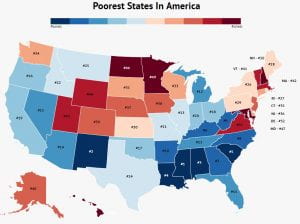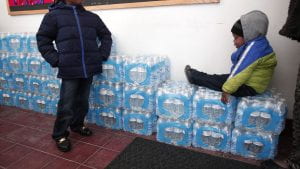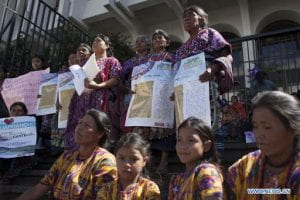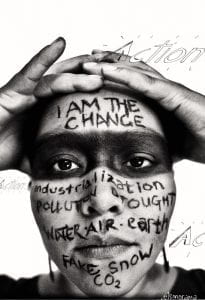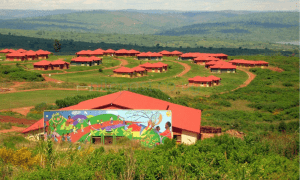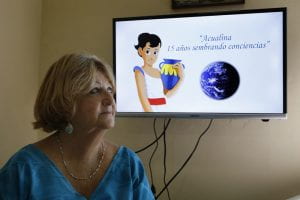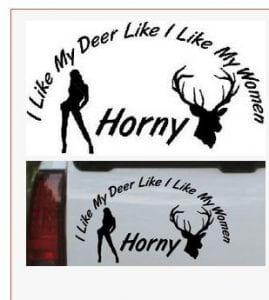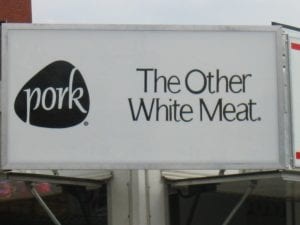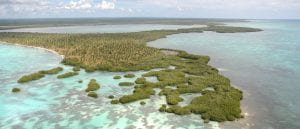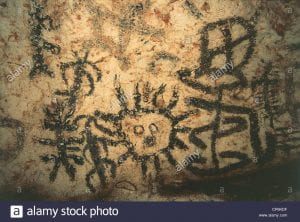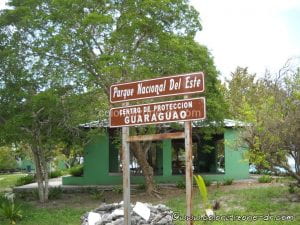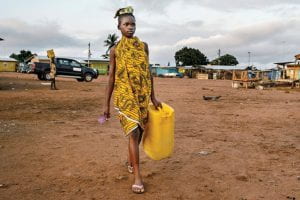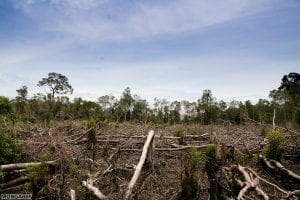Historically abortions have been preformed for centuries. A report published by the Guttmacher Institute indicates that an approximate 862,320 abortions were performed within the United States alone in 2017. Typically the topic of abortion can be broken down into three views: the extreme conservative, the extreme liberal, and the moderate view which lies between both extremes. Those of whom agree with the extreme conservative view (anti-abortionist and pro-life activist) argue that “to have an abortion would be, by definition, homicide” (Gordon). However, extreme liberals (abortionist) disagree claiming that a human’s personhood only begins after birth or a shortly after (roughly a month). On the other hand, the moderate view supports the idea that there is a moral break in which it is acceptable to have an abortion. Ultimately, making a not so clear distinction between human beings and human offspring who tend to lack a moral status (Gordon).
However, within the essay Reproductive Choices: The Ecological Dimension, author Ronnie Zoe Hawkins introduces a fourth and compelling viewpoint concerning our environment. Hawkins describes this ecofeminism view as the link between population growth, poverty, and environmental degradation. In particular, the author claims that the astonishing human population increase within the last two centuries has created a growing number of poor people who are “forced to make a living on increasingly marginal land, with resultant deforestation, overgrazing, soil erosion, or an assortment of other environmental problems further exacerbating their poverty” (Hawkins 690). Thus, this negative cycle continues as these impoverished individuals move on and repeat the process elsewhere. Sadly, humans are not the only ones affected by population growth and environmental degradation. Entire habitats and their animal species are often forcefully extinct creating a massive loss for the planet.
While most individuals living within industrialized nations may perceive population growth and environmental degradation as a problem for those in the third world they are sadly mistaken. In reality industrialized nations are no different, in particular “the environmental toll taken by each new human born within the ‘developed’ world will be very much greater than that of one born else where” (Hawkins 692). Thus, Hawkins urges her audience to support a woman’s decision not only to obtain an abortion as a fundamental right, but in hopes of lowering the population growth in order for everyone to live healthier lives.
When looking at abortion through an ecofeminist lens Hawkins’ account makes sense. In particular when looking at the number of children born on a daily bases. According to a report published by the United Nations approximately 360,000 babies are born each day around the world. Equaling a total of more than 130 million children born a year. In a country like The Republic of Haiti who’s agricultural sector has suffered almost total deforestation resulting in accelerated soil erosion, depleted fertility, reduced water retention and silting of the country’s waterways the lack of access to contraceptives and safe abortions has been detrimental (New Agriculturist). Unfortunately, widespread child labor is frequently used in rural areas. With children work long hours on family plantations or being sent off to wealthier families in urban areas to work as domestic servants. Not only are these children overworked, but are also exposed to frightening levels of malnutrition.
Malnourishment refers to deficiencies, excesses, or imbalances in a person’s intake of energy and/ or nutrients (World Health Organization). Tragically in Haiti “1 in 5 children are malnourished, 1 in 10 are acutely malnourished and 1 in 14 will die before reaching the age of 5” (Meds & Food For Kids). However, for those of whom survive the effect of chronic and acute malnutrition are life-long.
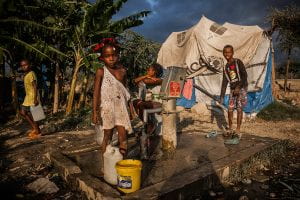
Kids are fetching water from the public water pump in the tent camp of Pois Congo slum in Port-au-Prince.
Adults who suffered malnutrition in the first two years of life in Haiti tend to have a reduced physical and mental development for their entire lives.
Abortion can be a very difficult topic to discuss and it is important to listen to every view when making policy that will untimely affect us all. Yet for those who identify as pro-choice it is essential “to stop equivocating about the morality of abortion and take a more hardline approach to our rights. Abortion isn’t just necessary because people will get them anyway, or because our privacy is important – but because women’s desire to seek the life they want in the way that men can is our right and its purpose, not a side effect” (Valenti). However, this goes beyond a woman’s desire to seek a good and decent life, but for all those individuals living in devastating poverty who will never get a change to live humanly. 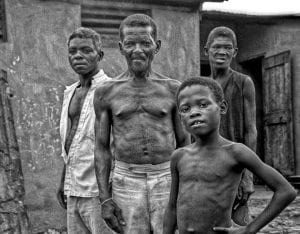
Source:
https://www.theworldcounts.com/challenges/toxic-exposures/polluted-bodies/how-many-babies-are-born-a-day
Abortion
https://umassd.umassonline.net/webapps/blackboard/execute/content/file?cmd=view&content_id=_1485975_1&course_id=_21926_1
https://www.who.int/news-room/fact-sheets/detail/malnutrition
https://www.theguardian.com/commentisfree/2014/oct/14/abortion-right-to-privacy-women-right-to-equality
https://mfkhaiti.org/malnutrition-stats/

